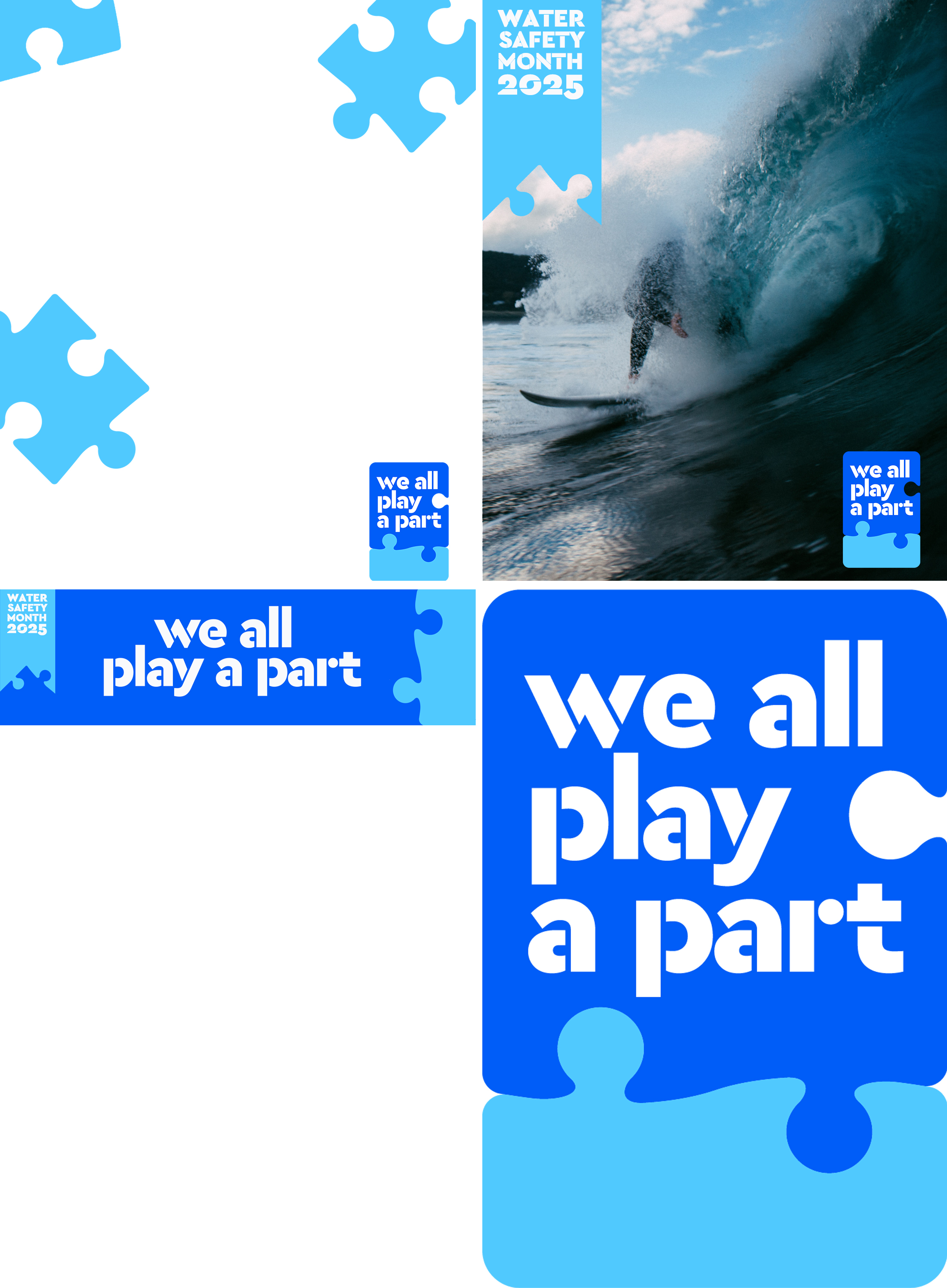What's better than a day at the beach with whānau and our mates? It is important that everyone knows how to stay safe when visiting beaches in Aotearoa.
Every year many people lose their lives when swimming, surfing, snorkelling or playing in the water.
Surf beaches, with their powerful currents, rocky foreshores and slippery surfaces, pose significant risks.
Other common hazards at beaches and oceans include: rips, currents, holes, large infrequent waves, and changeable weather and water conditions. These easily can catch any of us out.
One of the most common factors in swimming-related drownings in Aotearoa is people swimming at beaches without lifeguards, or outside the flagged areas at patrolled beaches.
Always chose patrolled beaches and swim between the flags.
Know the water safety code when you're at the beach
- Be prepared including being alert to the conditions
- Watch out for yourself and others
- Be aware of the dangers such as rips and know your limits.
- If you're at a patrolled beach, always swim between the red and yellow flags.
How to identify rips
Our beaches and oceans can give us some of our best summer memories, but they can also pose potential risk with rips being responsible for more rescues and emergencies than any other beach incident.
It is so important that all Kiwis learn to recognise a rip and other potential dangers caused by currents so they can enter the water safely for a great beach experience.
If in doubt, DON'T ENTER THE WATER.
Always swim at a beach patrolled by Surf Lifeguards and swim between the flags.

What a rip can look like
- Calm stretches of water between waves
- Fewer breaking waves
- A smoother surface with much smaller waves, with waves breaking either side
- Discoloured or murky brown water caused by sand stirred up off the bottom
- Debris floating out to sea
- A rippled look, when the water around is generally calm
How to survive a rip
- Don't panic. A rip will not suck you under the water. But it will take you out, away from the shore.
- Raise your hand for help
- Swim towards white water, across the rip current, but not against it
- Float or swim with the white water. It will take you back to shore
Related information:
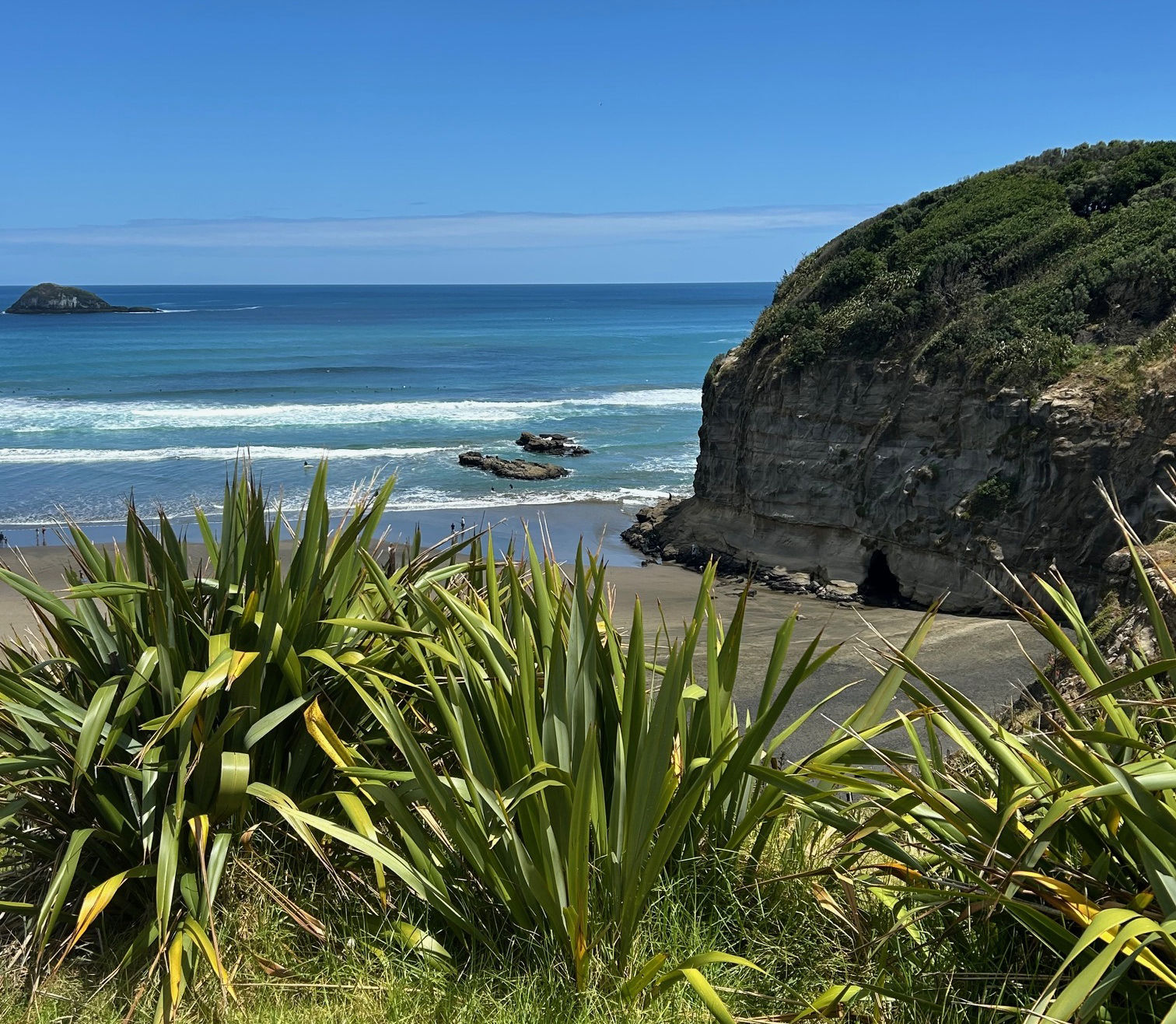
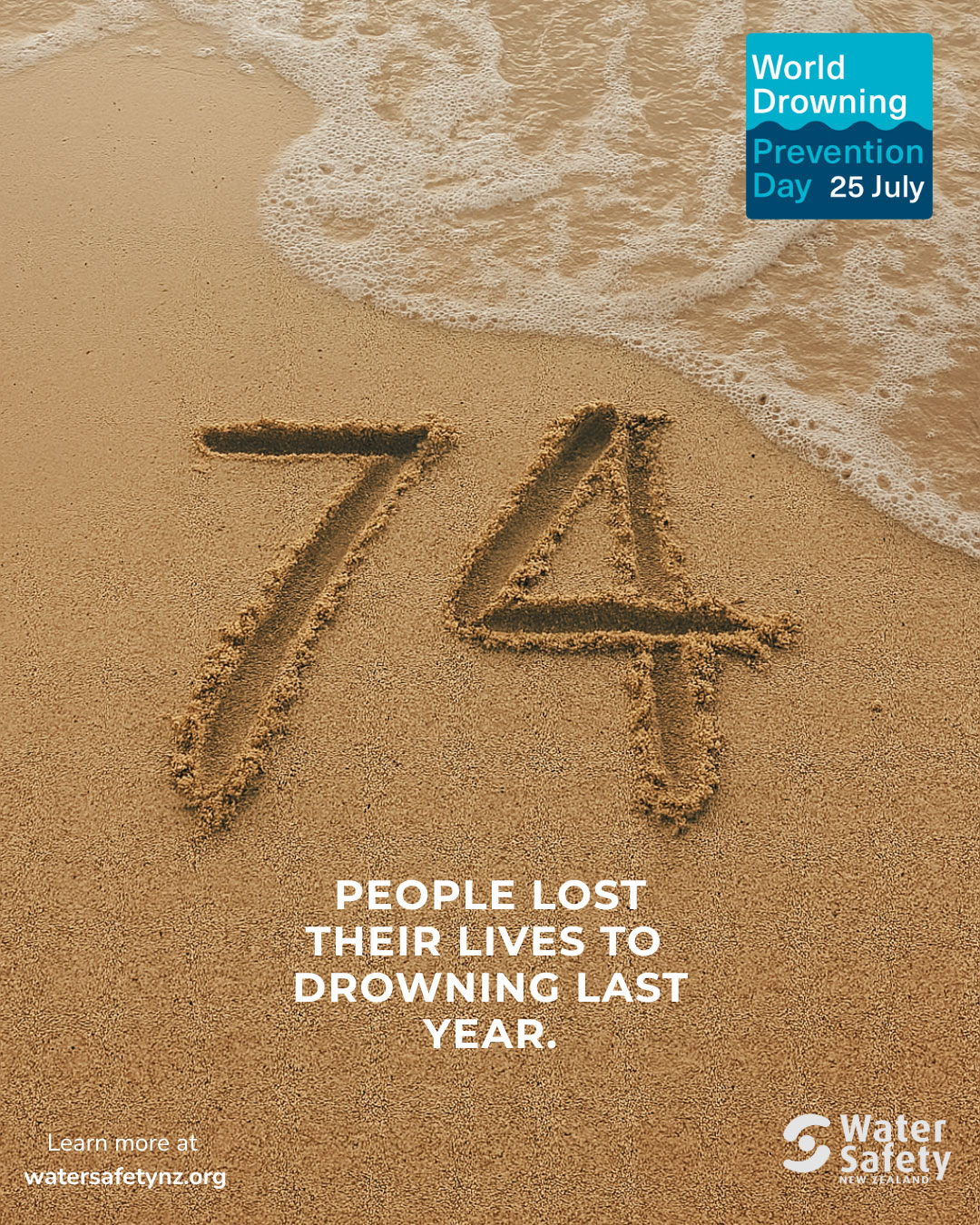
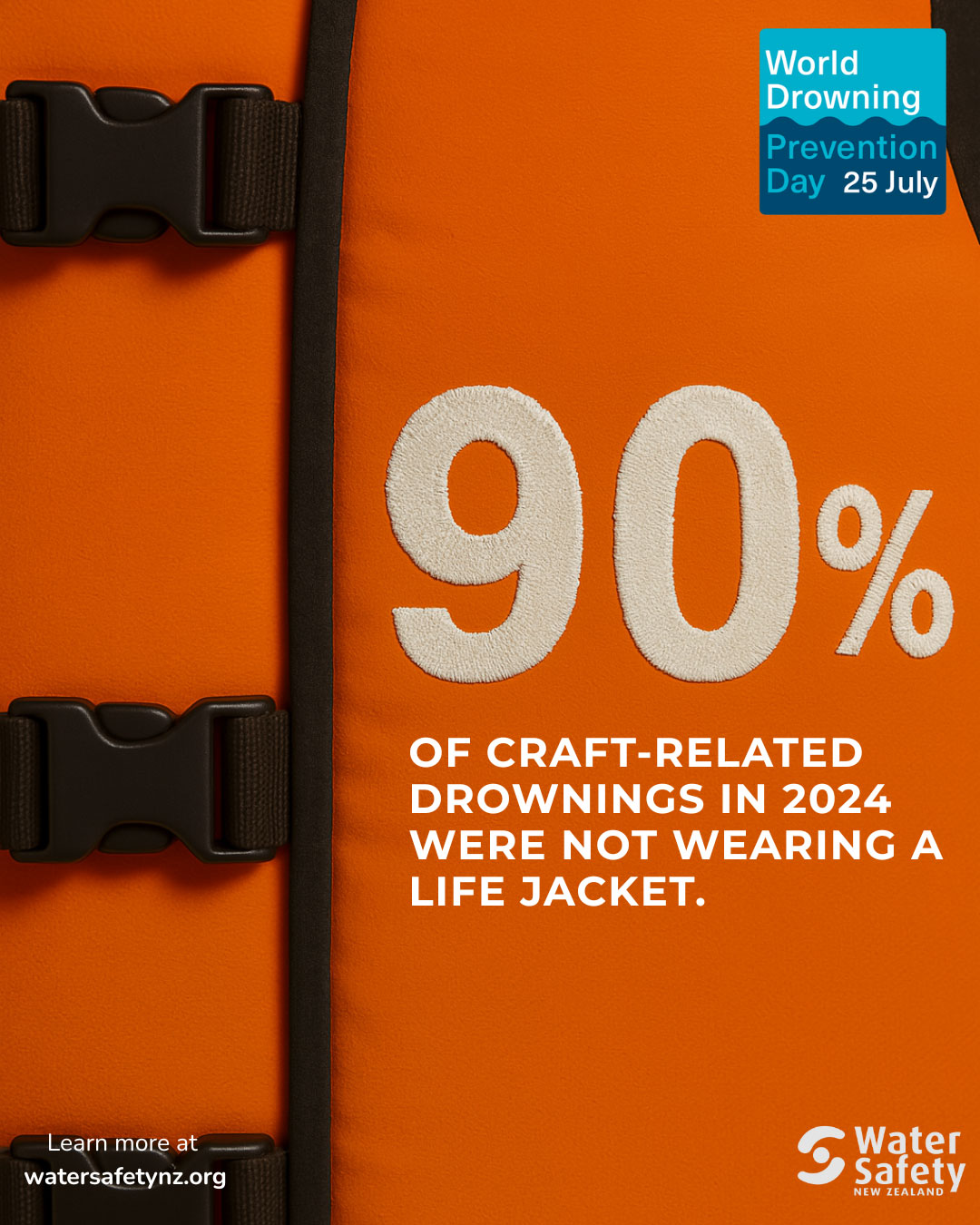
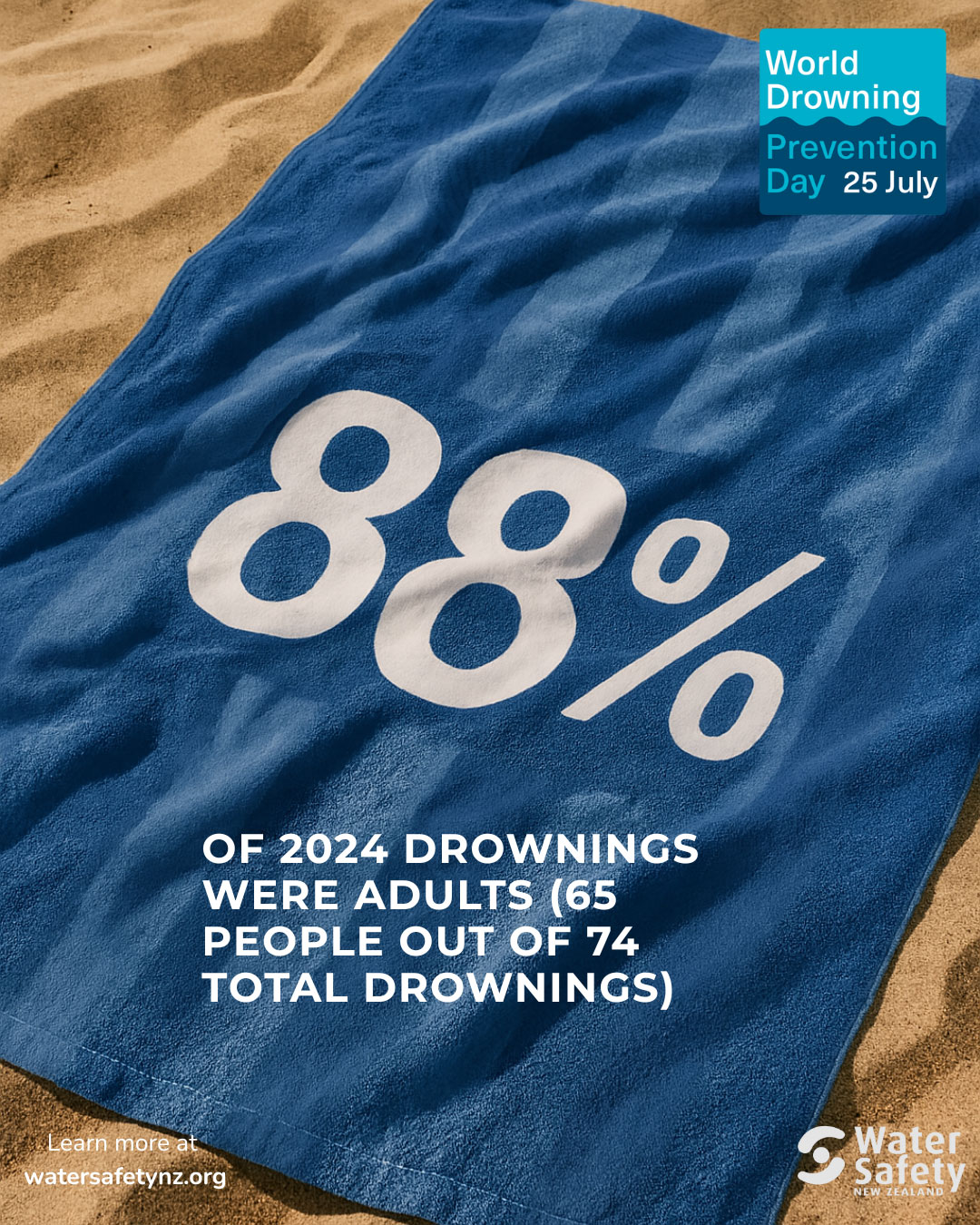


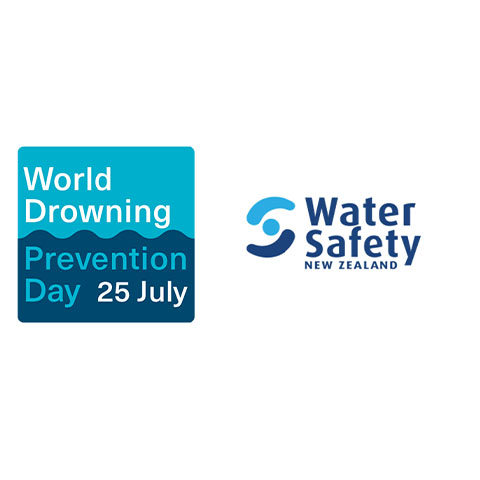
.jpg)
